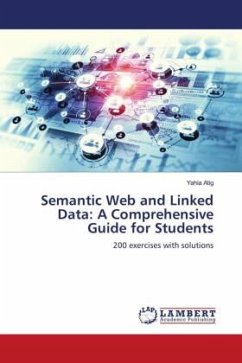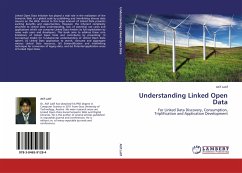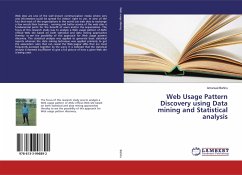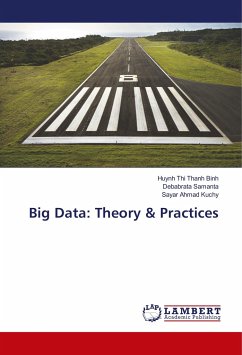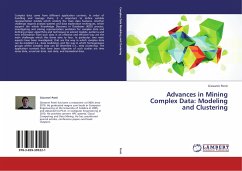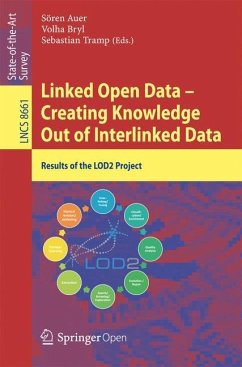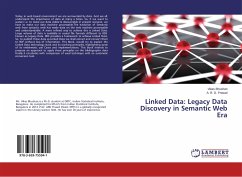
Linked Data: Legacy Data Discovery in Semantic Web Era
Versandkostenfrei!
Versandfertig in 6-10 Tagen
27,99 €
inkl. MwSt.

PAYBACK Punkte
14 °P sammeln!
Today, in web based environment we are surrounded by data. And we all understand the importance of data at many a times. So, if we want to sustain i.e. to make our data visible & discoverable in present scenario, we have to make our data machine processable.The evolution of Semantic web from syntactic web has made data on the web machine processable and understandable. A more refined way to achieve this is Linked Data. Large volume of data is available in varied file formats different to RDF, known as Legacy Data. RDF provides a framework to achieve Linked Data. So, to publish these data as Li...
Today, in web based environment we are surrounded by data. And we all understand the importance of data at many a times. So, if we want to sustain i.e. to make our data visible & discoverable in present scenario, we have to make our data machine processable.The evolution of Semantic web from syntactic web has made data on the web machine processable and understandable. A more refined way to achieve this is Linked Data. Large volume of data is available in varied file formats different to RDF, known as Legacy Data. RDF provides a framework to achieve Linked Data. So, to publish these data as Linked Data we shall extract and convert them to RDF without loss of information. This Book, would try to explain the Linked Data technology stack and its working principles, highlighting some of its emblematic use Cases and implementations. This book intends to propose an approach to apply these principles on the bibliographic data Finally it concludes with comparison of used technique with an automatic conversion tool.





